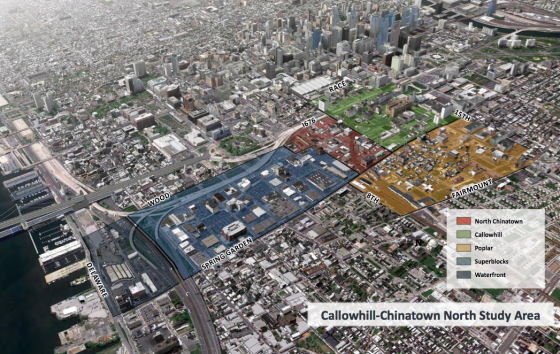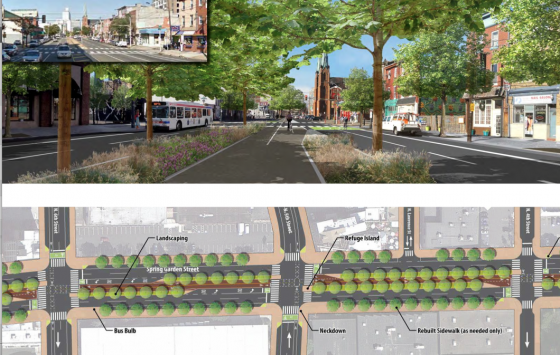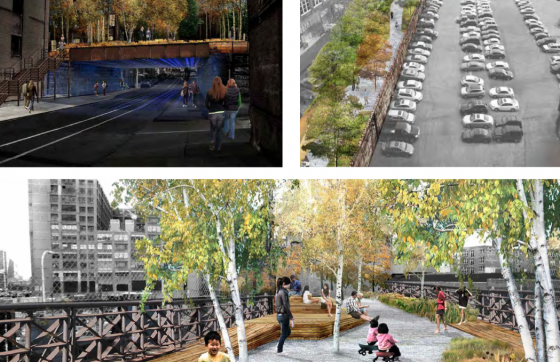Last week, a meeting was hosted at the F.A.C.T. Charter School on the 1000 block of Callowhill Street to discuss big picture planning issues for a large, loosely connected section of the Central District, referred to as the “Chinatown North/Callowhill section.” According to the meeting summary, this area can be separated into five neighborhoods: Poplar, Callowhill, Chinatown North, Superblocks (the area of low-rise buildings and parking lots between Old City and Northern Liberties), and the Waterfront. The results of this meeting, and others like it across town, will be used to inform the larger Phila2035 Central District Plan.

Area map
This area, while underpopulated relative to its size (about 7,000 residents), has still seen a 92% population growth over the last twelve years. We’d imagine that a fair number of newer residents, along with folks who have lived there for years, wish to have a stake in seeing their neighborhood grow “the right way” in the years to come. Those who attended, numbering about 70, according to Marian Hull of URS, voiced their interest in green space, residential and commercial development, water features, perhaps an elevated green space at the Reading Viaduct, and a Spring Garden Greenway.

Spring Garden Greenway renderings

Some viaduct park renderings
Planners asked questions like what is your greatest housing concern, what types of new housing are most appropriate in each of the plan sub-areas and what other connections should be developed to further connect the Callowhill/Chinatown North section to the rest of the city.
While the Phila2035 initiative might seem like an umbrella project overburdened with too much rain (neighborhoods and ideas), it’s these planning meetings that break down the city block by block and neighborhood by neighborhood that will inform how Philadelphia will evolve during the 21st-century, or so we hope. Lots of folks are working hard to make sure plans are innovative, well-conceived, actionable, and responsible. Kudos.
–Lou Mancinelli
